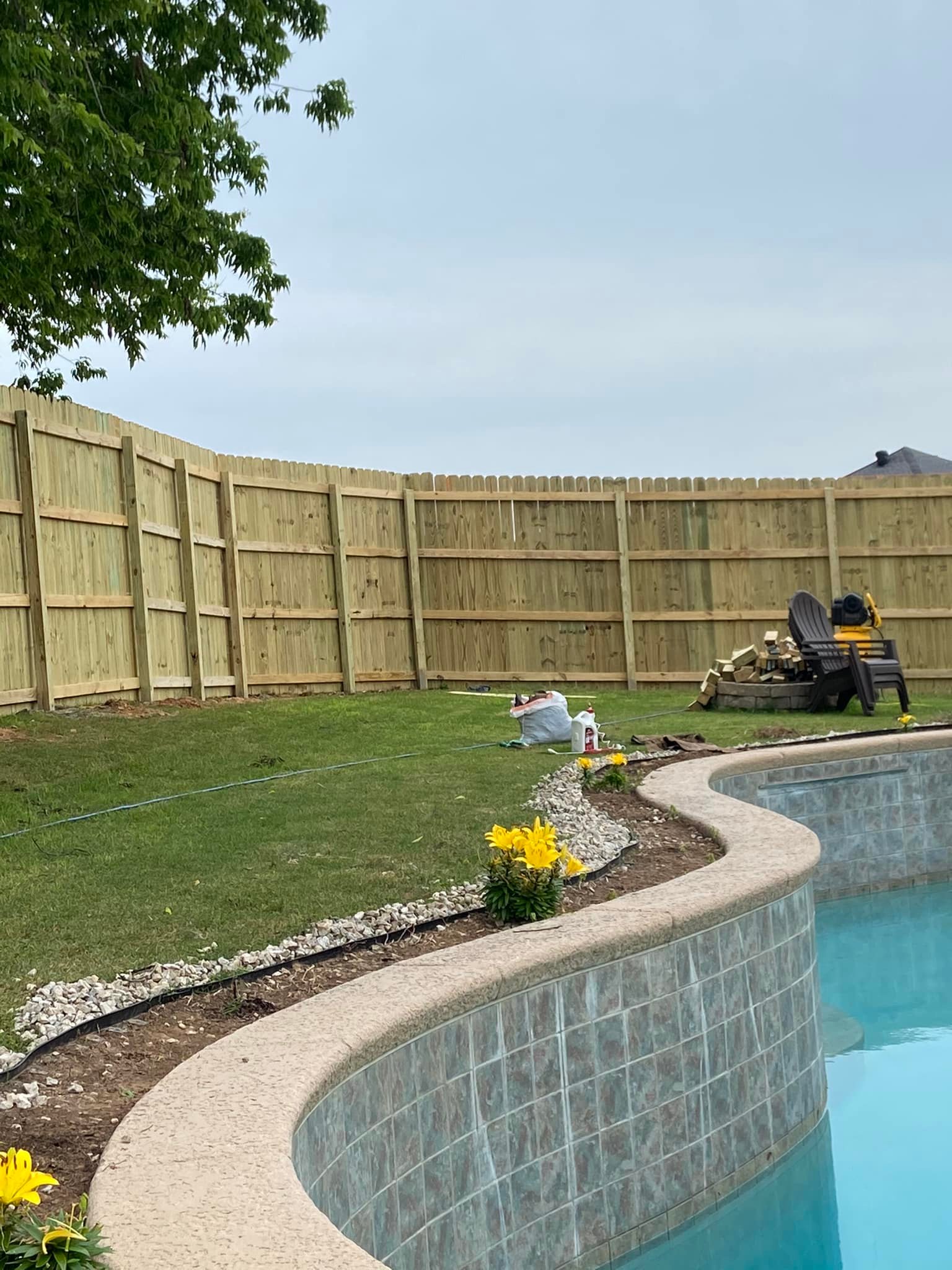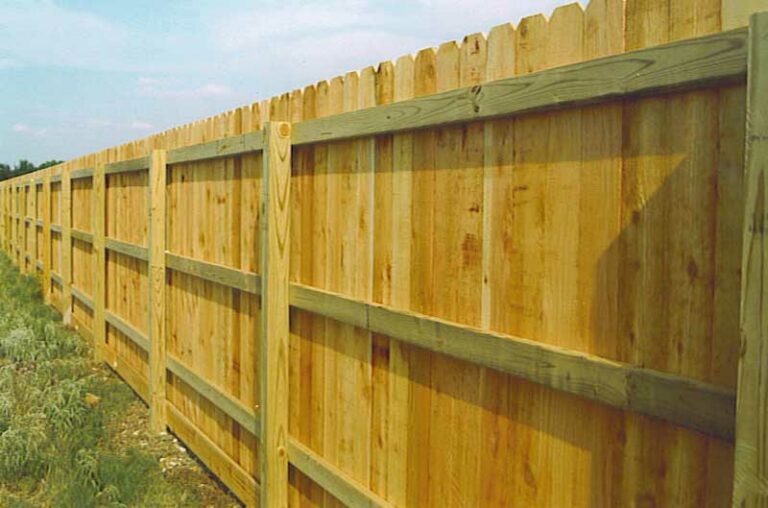Step-by-Step Guide to Mounting a Wood Fencing for Your Home or Residential Or Commercial Property
Setting up a timber fencing can substantially enhance both the capability and visual allure of your property. Recognizing these steps not just makes certain a sturdy installment however additionally contributes to lasting complete satisfaction.
Preparation Your Fence Installation
When starting the installation of a wood fencing, careful preparation is important to make sure a successful result. Begin by examining the purpose of the fencing-- whether it is for privacy, safety, or aesthetics-- because this will certainly affect the layout and design. Next, evaluate the residential property lines, making sure to verify the borders with a survey or title deed to avoid disputes with neighbors.
Think about regional zoning property owners and legislations' organization guidelines, as these may determine fence elevation, design, and products. It is recommended to obtain the necessary permits prior to beginning work, as this can prevent lawful issues later on.
Additionally, take into consideration the terrain and dirt problems of your residential or commercial property. Uneven ground may need additional modifications throughout setup, while rough dirt might require specific tools.
Finally, create a comprehensive strategy that consists of dimensions, the variety of posts, and the spacing between them. A clear format will help with the setup procedure and guarantee that you have all needed materials accessible. By adhering to these preparation steps, you can set a solid structure for an effective wood fence setup.
Choosing the Right Materials
Picking the suitable materials for your wood fencing is essential to ensuring durability and visual allure. The most usual types of timber utilized for fence include cedar, redwood, and pressure-treated yearn. Cedar and redwood are normally immune to decay and bugs, making them outstanding choices for long life. Their abundant shades and natural grain patterns also improve the visual allure of your residential or commercial property.
Pressure-treated ache is an additional prominent choice, as it is usually more budget friendly. Nevertheless, it calls for regular maintenance and treatment to extend its life expectancy. When selecting timber, think about the climate of your area; for example, locations with high moisture might gain from wood types with greater resistance to dampness.
In addition, you need to examine the fence design and purpose. A picket fence might require various material specifications contrasted to a privacy fence. Choose thicker boards for architectural integrity, specifically in high-wind locations. Lastly, think about the finish; untreated wood might require staining or sealing to shield against weather condition aspects. By meticulously selecting your products, you can guarantee that your timber fence will stand the test of time while enhancing your home's landscape.
Preparing the Setup Site

Preparing the installation site is an important action in ensuring the effective construction of your wood fencing. Proper preparation not just helps with a smoother installment process yet likewise adds to the longevity and security of the fencing.

Next, examine the surface. Eliminate any barriers such as rocks, origins, or particles that might prevent the setup process. If your website has irregular ground, think about leveling it or changing your fencing design as necessary. In addition, check for underground utilities by contacting your neighborhood utility company. This is vital to stop damages during installment and make certain security.
Mounting the Fence Messages

Following, dig holes for each blog post, ensuring they are deep sufficient-- normally one-third the height of the article over ground-- to supply stability. A depth of a minimum of 2 feet is recommended for many fencings. The diameter of the holes must be approximately three times the size of the posts.
When your holes prepare, area each blog post upright right into the designated opening. Make use of a level to ensure they are plumb, changing as essential. After positioning, load the holes with concrete mix or packed soil for included support. Allow the concrete to heal according to the supplier's instructions, normally 24 to 2 days. Properly mounted posts are important for maintaining the architectural honesty of the fence, guaranteeing it remains upright and safe versus ecological stress and anxieties.

Adding Fence Panels and Ending Up Touches
When the fencing posts right here are safely set, the next action includes affixing the fencing panels, which will specify the limits of your home. Begin by placing each panel between the articles, guaranteeing they are level and lined up.
After all panels are attached, inspect the entire fence for any gaps or misalignments. Make changes as required to make sure a consistent look. When pleased with the alignment, take into consideration adding completing touches. Sand any type of rough edges or surfaces to avoid splinters and enhance aesthetic appeals.
Furthermore, using a protective tarnish or sealant will certainly boost the wood's durability against weather condition elements, prolonging the life of your fencing. With these steps, your wood fencing will certainly not only offer its purpose properly but likewise enhance the general charm of your residential property.
Conclusion
In final thought, the successful installment of a timber fence requires mindful planning, choice of appropriate products, extensive site preparation, and precise execution of installment methods. Appropriate upkeep post-installation even more extends the life and look of the wood fencing.
When getting started on the my site setup of a wood fence, cautious planning is essential to make sure a successful result.Picking the suitable materials for your wood fence is crucial to ensuring toughness and visual allure. A picket fence may need various material requirements compared to a privacy fencing.With the installment site appropriately prepared, the following action involves establishing the fencing blog posts, which serve as the backbone of your wood fencing.As soon as the fence blog posts are securely established, the next action involves attaching the fence panels, which will specify the boundaries of your building.